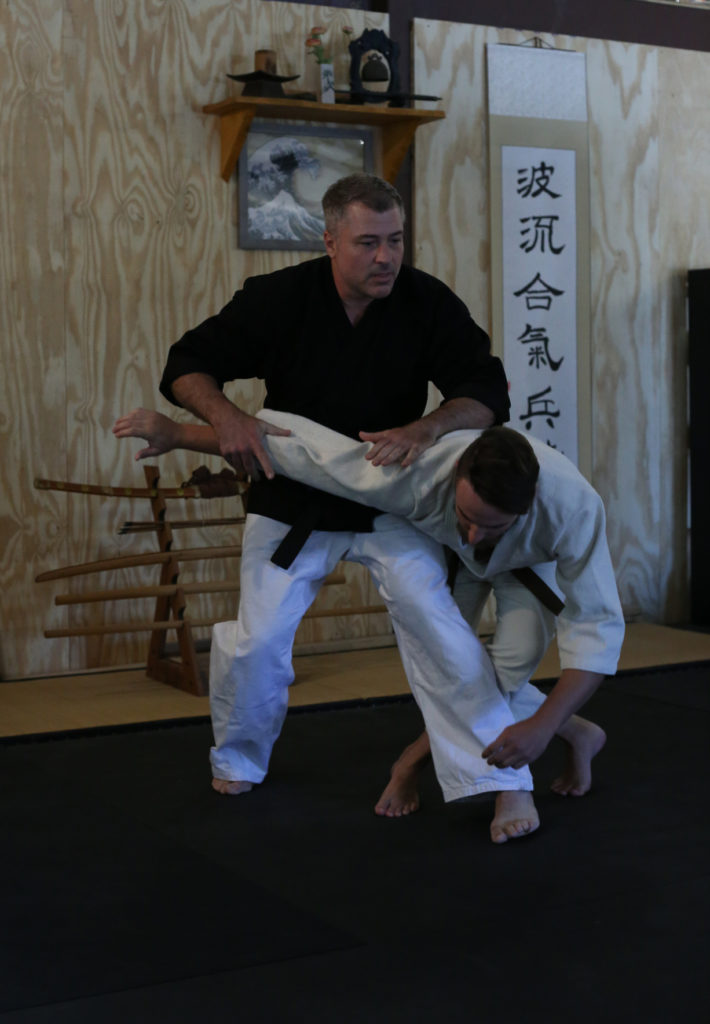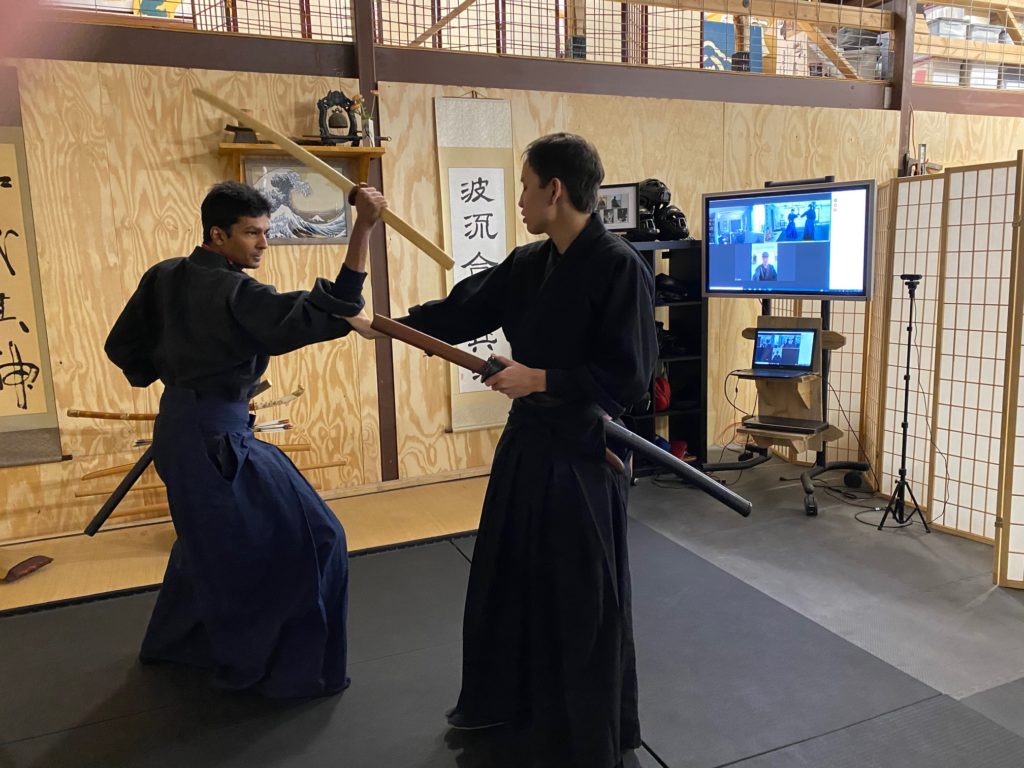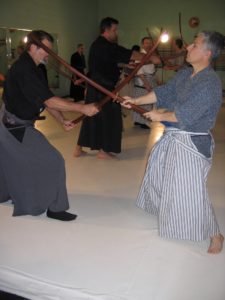Axis
Sanrin Mountain Dojo starts every week off with a topic, and/or Principle, that we focus on. Our Mokuroku is followed, and sometimes what we are studying is the training for a specific Principle of our art. Other times, I coin a phrase to make a point on the week’s training. Recently we focused on “Axis”.
Every circle and every spiral has an axis. From a quick computer search, I found “axis” can be defined as any of the following:

- “an imaginary line about which a body rotates”
- “a fixed reference line for the measurement of coordinates”
- “a straight central part in a structure to which other parts are connected”
- “the second cervical vertebra, below the atlas at the top of the backbone.”
- “The skull and backbone of a vertebrate animal.”
When understanding the force continuum, by going to the core (pun intended), we see that the concept of axis is integral to finding out how and where energy travels from and through. So, taking it right into practical from principle, its very easy to look at the definitions above and turn them into throws and strikes. Conversely, by looking at the opposite of “axis”, we see the path into structure breaking and interactions that take or inactivate reactive capacity and balance from opponents.
The identification of tanden as a place below the stomach in Japanese martial and other physical endeavors identifies the tanden as the center and/or center of gravity of the body. In Nami ryu, without getting too specific or esoteric in looking at the center, we see the tanden as the nexus of the two primary axis points: one vertical and the other horizontal. The distribution of mass is somewhat individual, but most people follow some build basics.
Of course, every other compass point can cross that axis as well, providing for a multidirectional capacity for human energy to travel. We start with the understanding of centerline and then extend that from our own to our opponent(s), as well as the space in between. Where we get multidirectional, is where the lifetime of study and training unfolds for those of us in search of the skills needed to accept a warrior ethos as an operating system of ultimate responsibility.
Our focus on timing, distance, and relationship need us to understand in a practical and applicable process how we can work inside the physics or how mass and energy are affected, and then harness the understanding of physics to apply effective interactions that do not rely on force, power, or other forms of collision to get the job done.

